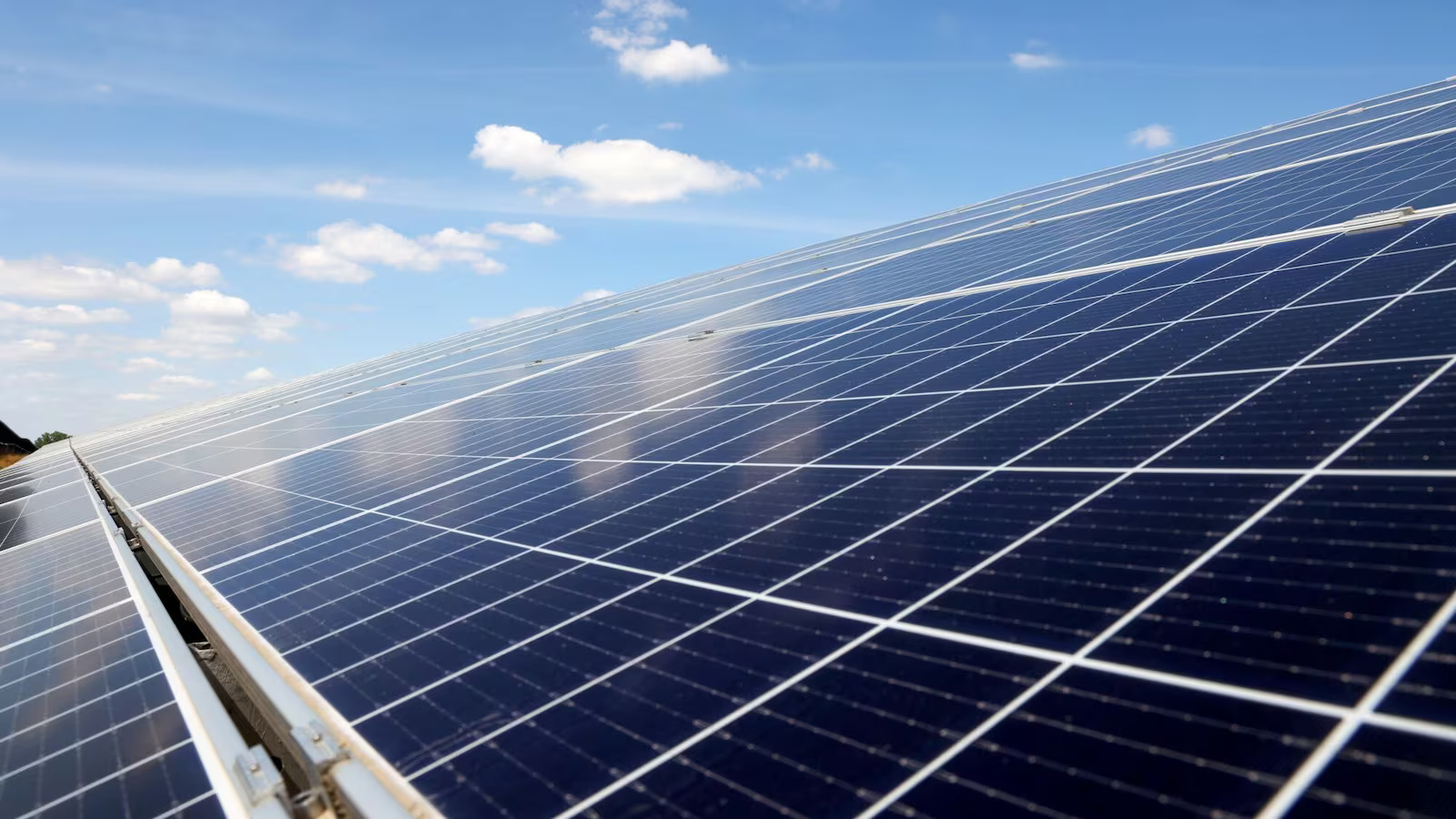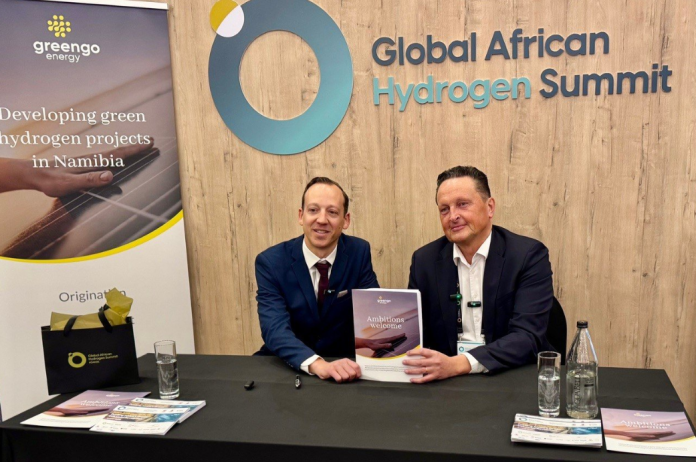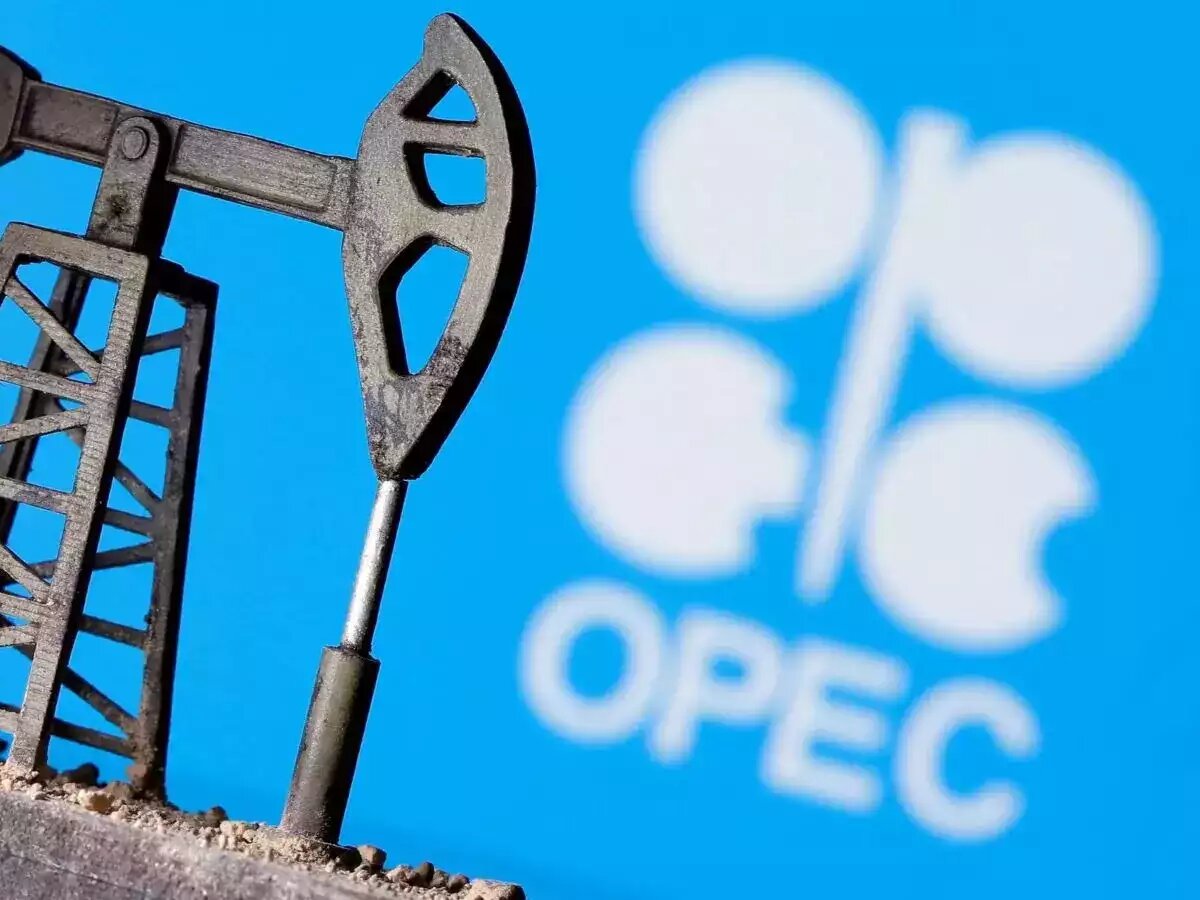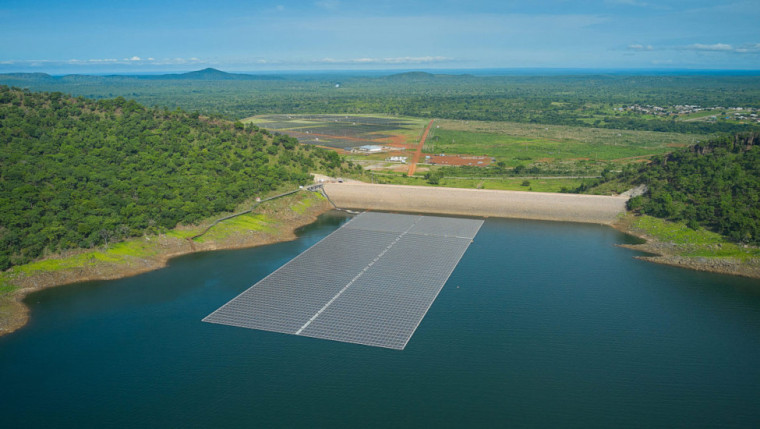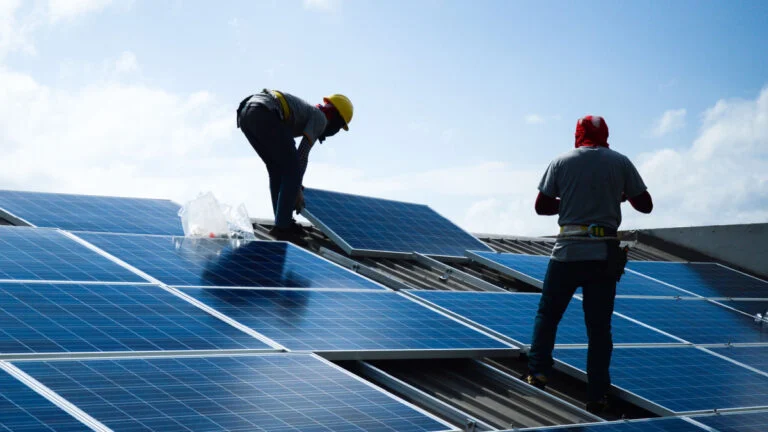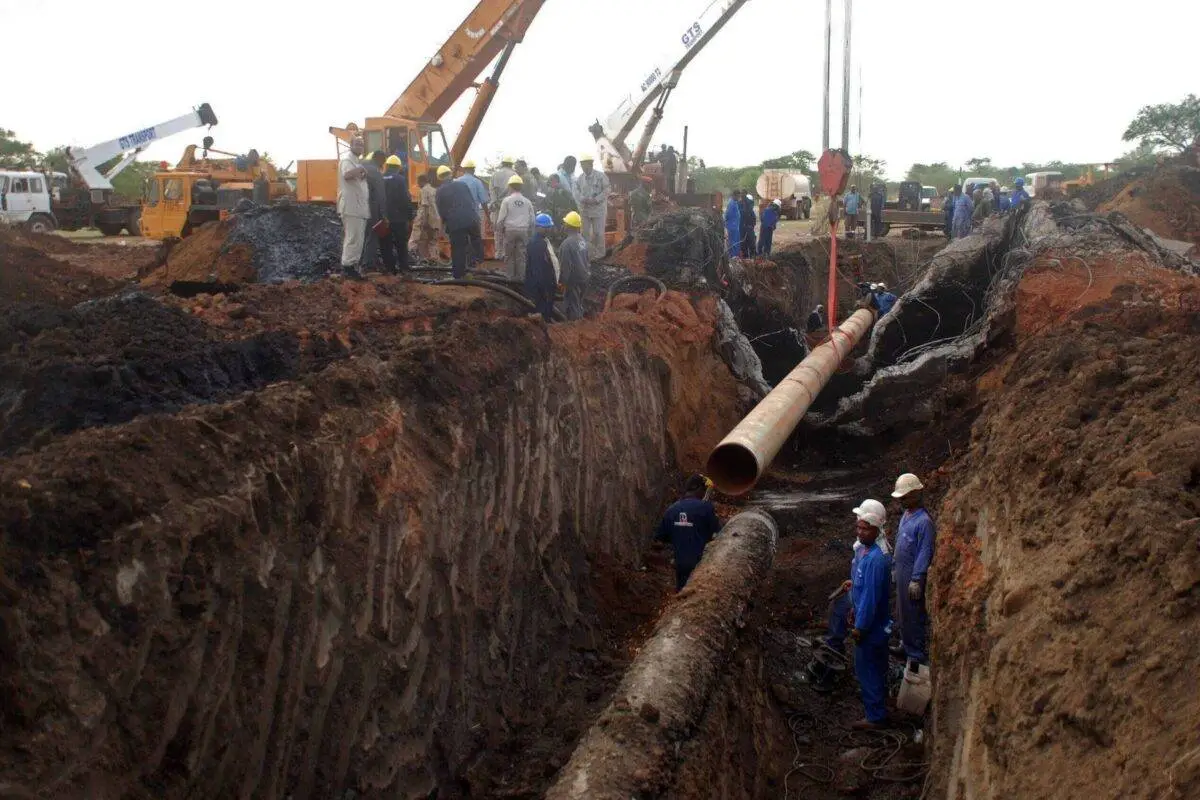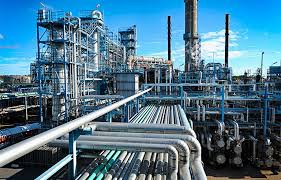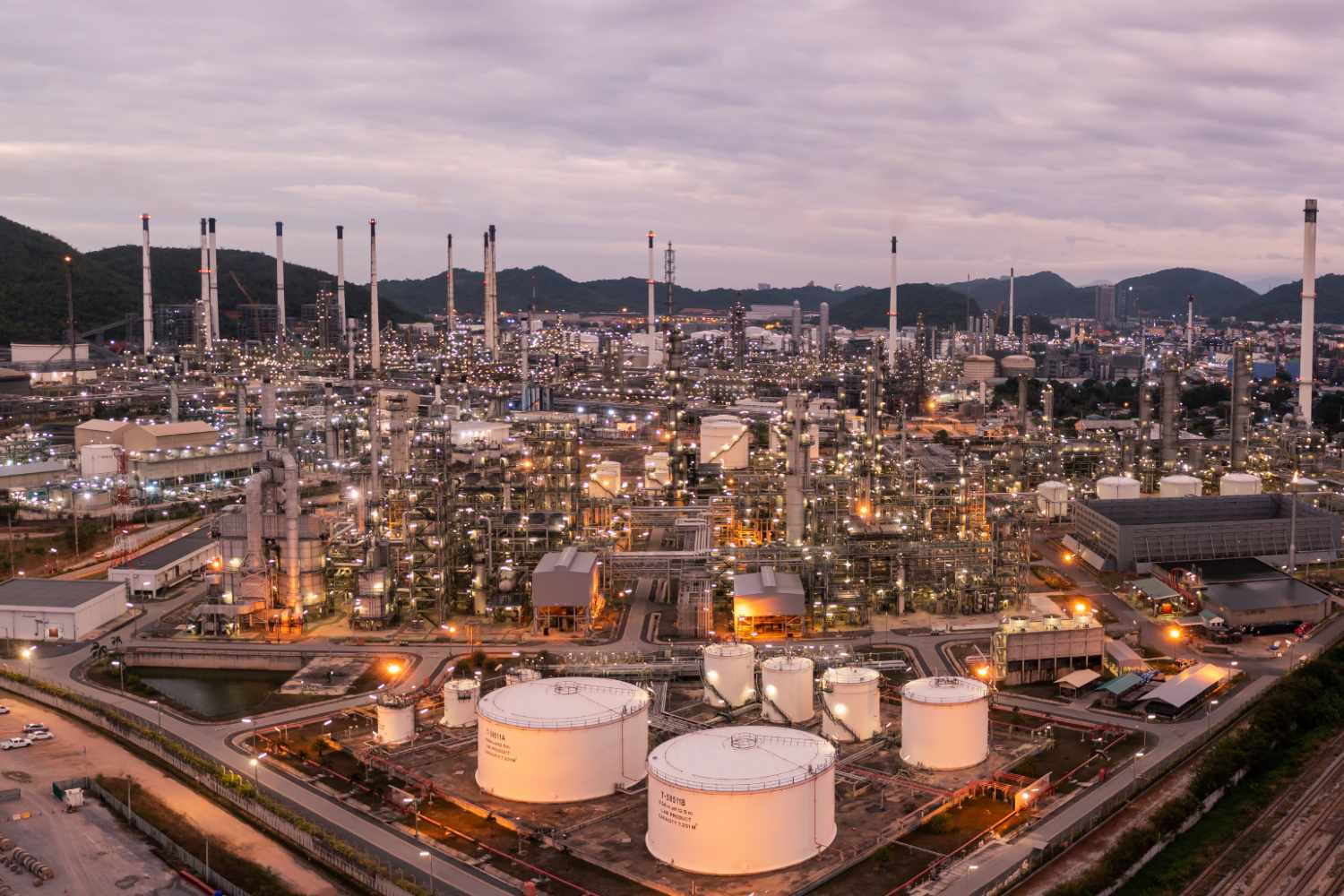Generation

5150MW Grand Ethiopian Renaissance Hydro Dam to be officially inaugurated
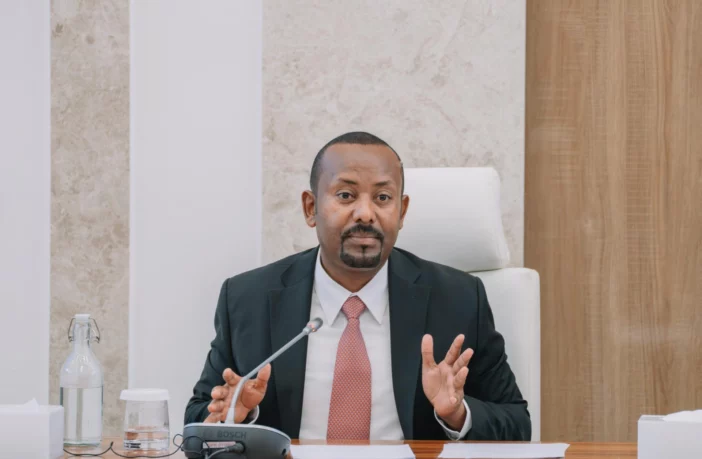
“The Grand Ethiopian Renaissance Dam (GERD) is now complete, and we are preparing for its official inauguration next month. While there are those who believe it should be disrupted before that moment, we reaffirm our commitment: the dam will be inaugurated,” said Abiy Ahmed Ali, Prime Minister of Ethiopia.
The GERD project has cause water security concerns in countries downstream including Egypt and Sudan.
“To our neighbours downstream—Egypt and Sudan—our message is clear: the Renaissance Dam is not a threat, but a shared opportunity. It is a symbol of regional cooperation and mutual benefit. The energy and development it will generate stand to uplift not just Ethiopia, but the entire region. Egypt’s Aswan Dam has never lost a single litre of water due to the GERD. Likewise, Ethiopia remains committed to ensuring that our growth does not come at the expense of our Egyptian and Sudanese brothers and sisters. We believe in shared progress, shared energy, and shared water. Prosperity for one should mean prosperity for all. Ethiopia remains ready and willing to engage constructively with downstream countries. We extend an open invitation to the governments and peoples of Egypt, Sudan, and all Nile Basin nations to join us in celebrating this historic milestone—Ethiopia’s Renaissance—in September,” said Ali.
Built by the Chinese, the Grand Renaissance Dam project is being developed and funded by state-owned public utility enterprise Ethiopian Electric Power Corporation. The project will be the biggest hydropower station in Africa and the dam itself will have a surface area of 1874 km2 when fully completed.
The 5150MW facility with 13 turbines (2x 375 MW and 11x 400 MW), comprises a concrete gravity dam on the Blue Nile River with a storage capacity of 70 billion cubic metres (bcm) of water, one outdoor powerhouse on each bank of the river, three spillways, and a saddle dam.
Powering bitcoin mining
Ethiopia has diversified into powering bitcoin mining from hydroelectric power resources through the Grand Renaissance Dam.
The move generates 18% of Ethiopian Electric Power’s (EEP) income amounting to US$1 billion in the past year.
Ethiopia has secured agreements with over 25 mining businesses including several international miners, particularly from Chinese miners following the ban in China.
Export
Ethiopian Electric Power also exports power to Kenya. In the first three years, Kenya will get a maximum firm capacity of 200MW and thereafter a maximum firm capacity of 400 MW for the remainder of the 25-year PPA.
Ethiopia also has power purchase agreements with Sudan and Djibouti, and has signed a memorandum of understanding with Somaliland, Tanzania, South Sudan and other African countries to sell electricity.
Energy trading
Eastern Africa Power Pool (EAPP) member nations will launch a centralised Day Ahead Market (DAM) in 2025. This will allow bitcoin mining operators in EAPP, outside of Ethiopia, to purchase power from Ethiopian Electric Power.
The competitive power market will integrate shared physical infrastructure with mechanisms for trading low-cost energy, including renewable sources. Officials say the initiative will deliver reliable, affordable, and sustainable electricity across the region, boosting economic productivity. Energy is key to economic development, and better access through the regional power market is expected to improve economic productivity in the region.




